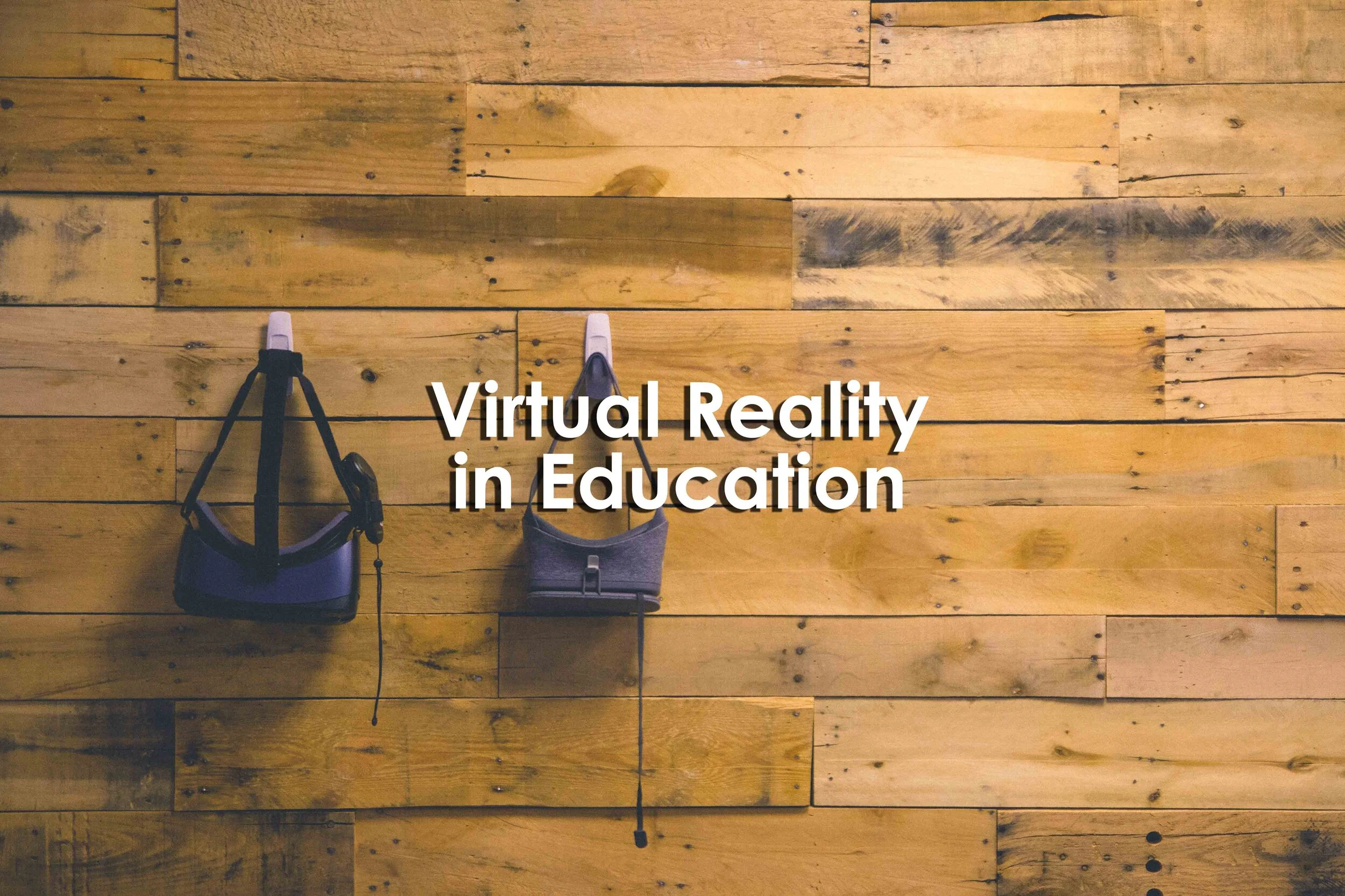Virtual Reality in Education
Virtual Reality in Education
Virtual Reality in Education
By Marie Morganelli, Ph.D.
September 4, 20120
Summary
Virtual reality is not just for video games anymore.
Virtual reality is a form of technology, including special headsets and software, that together place the user inside of a simulated experience.
Immersive virtual reality allows users to experience only the digital environment.
Virtual reality allows users to interact with all manner of objects and systems, including those that are too small, too large, or perhaps too dangerous to experience in real life.
The possibilities to apply virtual reality are only as limited as the imagination.
There are huge benefits to using virtual reality in the design and engineering fields in particular because learners are able to put on their headsets and tour bridges, take apart engines and envision buildings they are designing in three dimensions, all without ever leaving the classroom.
Because virtual reality allows people to practice new processes in low-stakes environments, it can be a great training tool for professions like medicine, where surgeons can practice complex operations using three-dimensional replicas of their patients.
Managers across all fields can use virtual reality to practice difficult conversations with employees.
SNHU faculty member Dr. Peter Frost worked with SNHU Labs and the UNIT9 production company to design virtual reality experiences that require his biopsychology students to create working neurons.
SNHU Labs is currently able to track details of learner activity within all types of virtual reality.
Reference
Morganelli, M. (2020, September 4). Virtual Reality in Education. Retrieved September 08, 2020, from https://www.snhu.edu/about-us/newsroom/2020/09/virtual-reality-in-education


